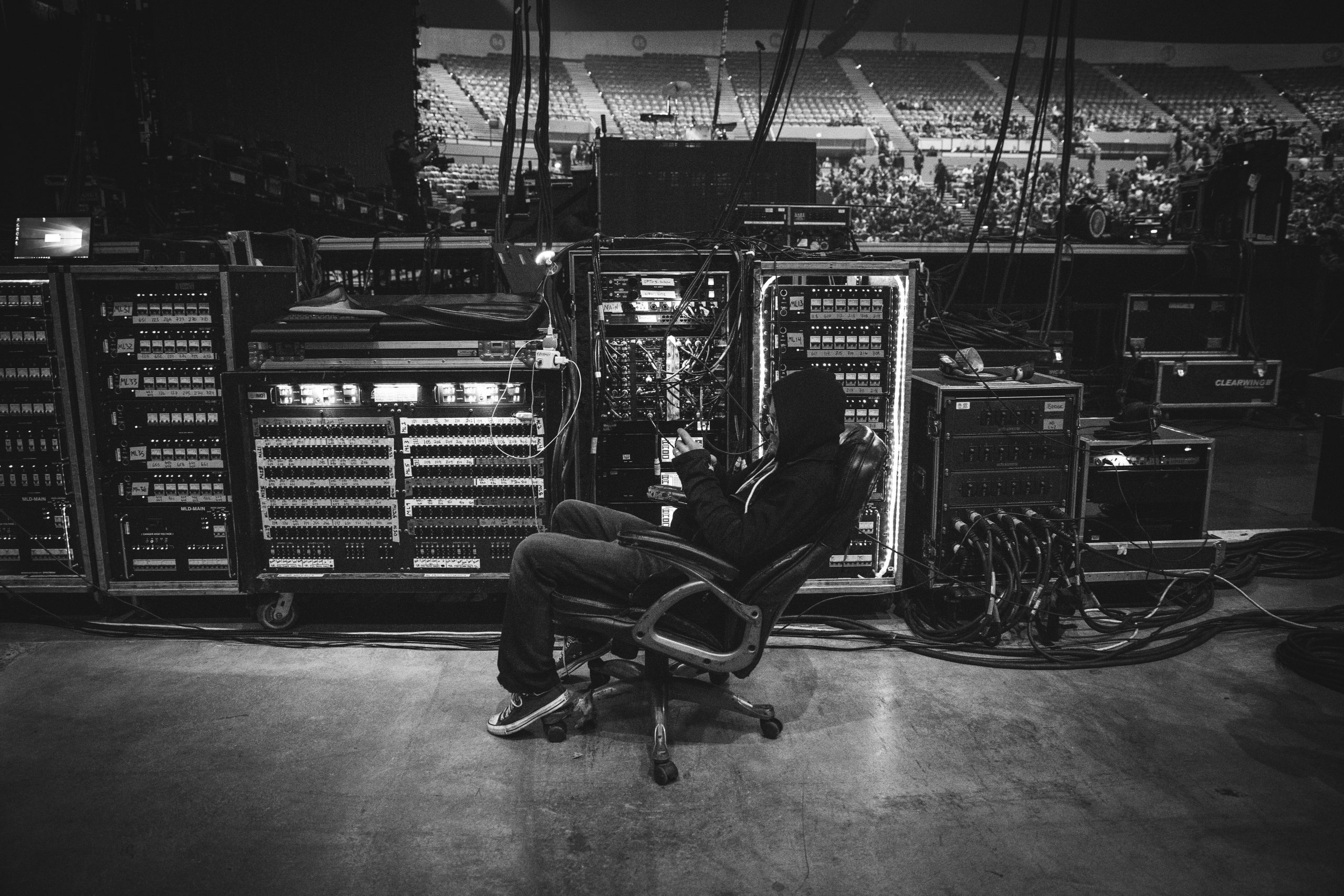The retail industry is undergoing a revolution, as the rise of online shopping is transforming the way consumers shop and retailers do business. The dynamic relationship between online and in-store shopping is rapidly evolving, as retailers adapt to the changing landscape and seek to stay competitive.
On the one hand, online shopping offers consumers the convenience of shopping from the comfort of their own homes, with a wider selection of products and the ability to compare prices and reviews with ease. On the other hand, in-store shopping provides a more tactile and immersive experience, with the ability to touch and feel products, try them on, and get personalized assistance from sales associates.
To stay competitive, many retailers are seeking to integrate the online and in-store shopping experiences. This can take many forms, from offering in-store pickup of online orders, to creating immersive in-store experiences that showcase products and engage customers.
At the same time, advances in technology such as augmented reality and virtual reality are making it possible for retailers to offer even more immersive experiences that bridge the gap between online and in-store shopping. For example, a customer can use their smartphone to see how a piece of furniture would look in their home, or try on virtual clothing using a digital avatar.
Despite these advances, some experts are warning that the rise of online shopping could ultimately lead to the demise of brick-and-mortar retail. As consumers increasingly shift their purchases online, retailers may struggle to justify the cost of maintaining physical stores.
However, others argue that physical retail will continue to play a vital role in the shopping experience, even as online shopping continues to grow. By creating unique in-store experiences that cannot be replicated online, retailers can build brand loyalty and create a sense of community among customers.
In the end, the future of retail is likely to be a complex and dynamic mix of online and in-store shopping experiences. As technology continues to evolve and consumers’ expectations change, retailers will need to stay nimble and adaptable in order to stay ahead of the curve.










